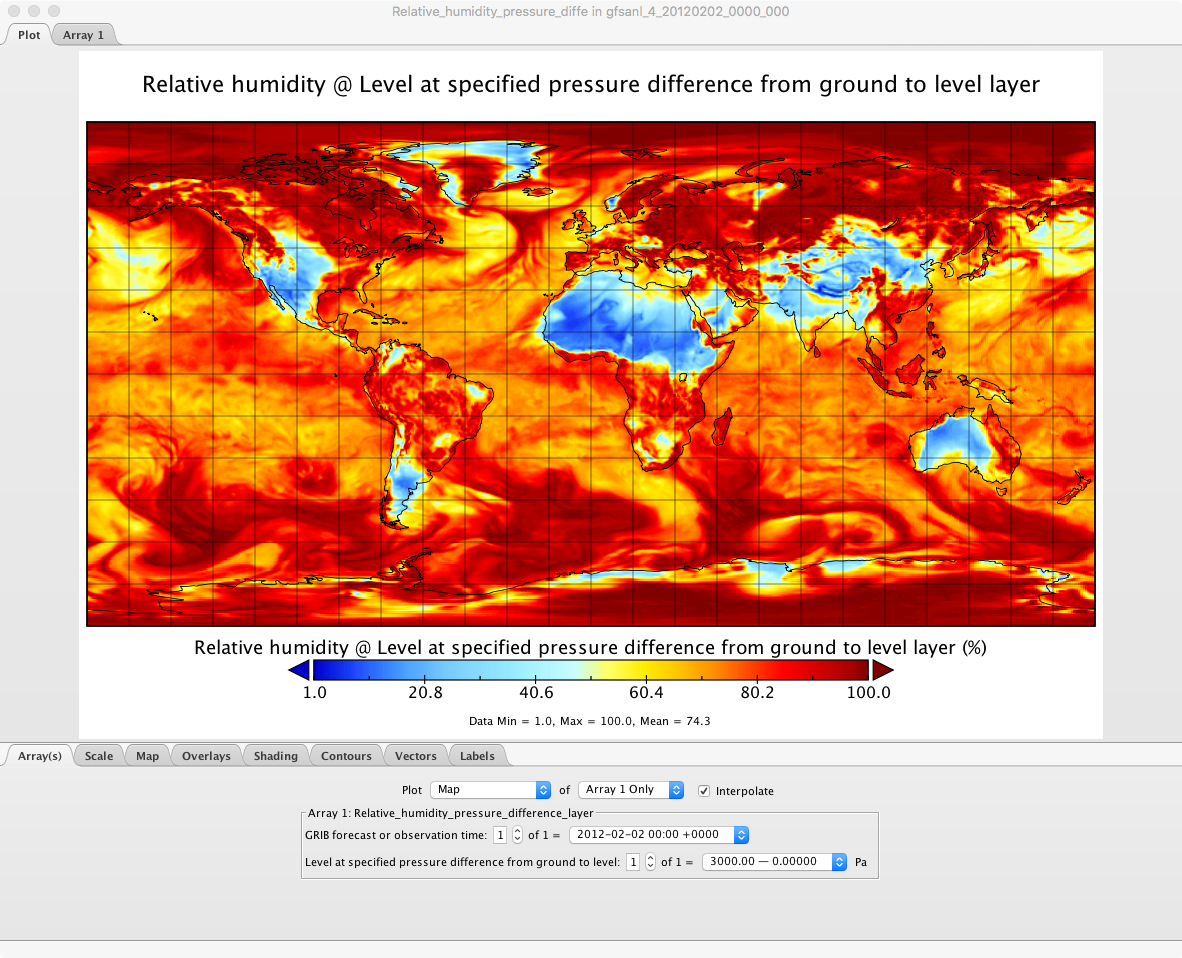Global Observations
Mounting Coordinated Observations Around the Globe
The Event Horizon Telescope (EHT) is a globe-spanning array of telescopes that relies on the rotation of the Earth for its baselines to cover the interferometric plane of observables and generate an image using a technique called “aperture synthesis imaging”.
As such, it requires long (∼8-14 hr), continuous, and simultaneous observations of its targets from several locations around the globe, all in good weather conditions.
Mounting a successful observational campaign with the EHT makes use of substantial and costly resources, from hardware (telescopes, detectors, masers, storage media) to personnel. For example, several people need to travel to each remote telescope location to setup and perform the observations, with two shifts per night per location.
For these resources to be efficiently utilized, it is essential to optimize the timing of each campaign for target visibility and weather conditions. The two most important aspects of weather data that affect the EHT observations are the transparency of the atmosphere and the coherence time. Transparency is often quantified as the optical depth at 225 GHz.
The Event Horizon Telescope (EHT) is a globe-spanning array of telescopes that relies on the rotation of the Earth for its baselines to cover the interferometric plane of observables and generate an image using a technique called “aperture synthesis imaging”.
As such, it requires long (∼8-14 hr), continuous, and simultaneous observations of its targets from several locations around the globe, all in good weather conditions,
Mounting a successful observational campaign with the EHT makes use of substantial and costly resources, from hardware (telescopes, detectors, masers, storage media) to personnel. For example, several people need to travel to each remote telescope location to setup and perform the observations, with two shifts per night per location.
For these resources to be efficiently utilized, it is essential to optimize the timing of each campaign for target visibility and weather conditions. The two most important aspects of weather data that affect the EHT observations are the transparency of the atmosphere and the coherence time. Transparency is often quantified as the optical depth at 225 GHz.
Relative humidity @ Level at specified pressure difference from ground to level layer; Photo Credit: © Scott Paine
A vast quantity of weather data exists, having been recorded by dedicated weather stations at each EHT observation site over many years (and in some cases decades) that allow for a quantitative optimization of the observational campaign. A cadence of several weather observations per hour results in upwards of 5 million weather data points across the various EHT observation sites. In addition, there are also global measurements of relevant weather data from meteorological satellites that can be exploited, such as the GOES and Intellicast Satellites.
Black Hole PIRE team members aim to improve global observations by combining data models with historic data in order to optimize the observing strategies for the particular EHT observation site and utilize its resources more efficiently.
Significantly, our methods and results will provide useful input to many other international astronomical projects (such as multiwavelength campaigns or transient follow-ups) that rely on globally coordinated observations with distributed telescopes.

